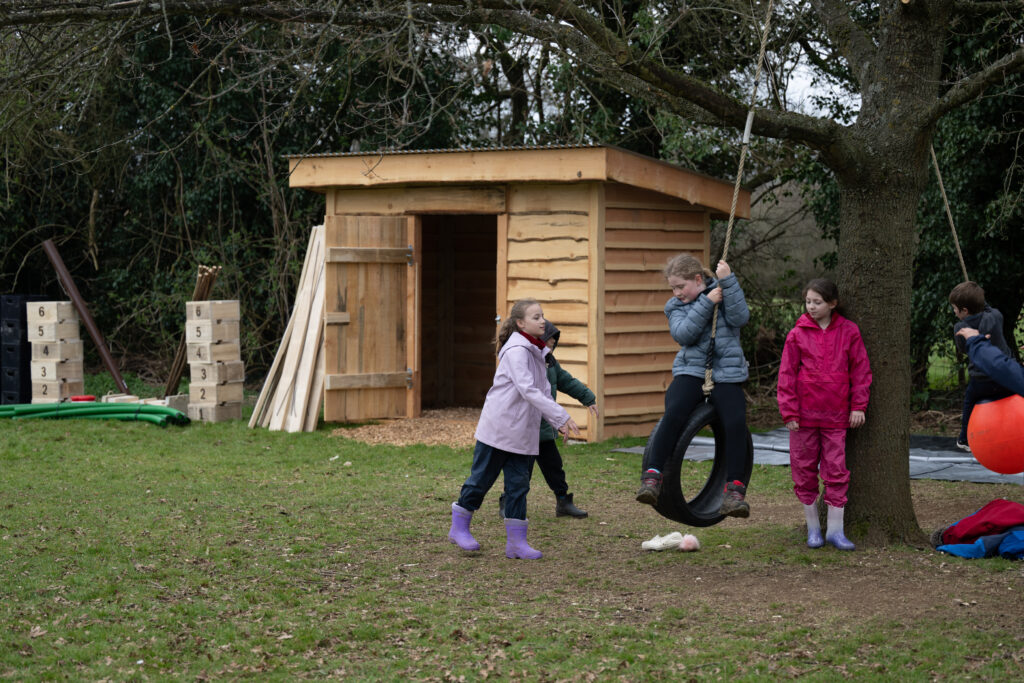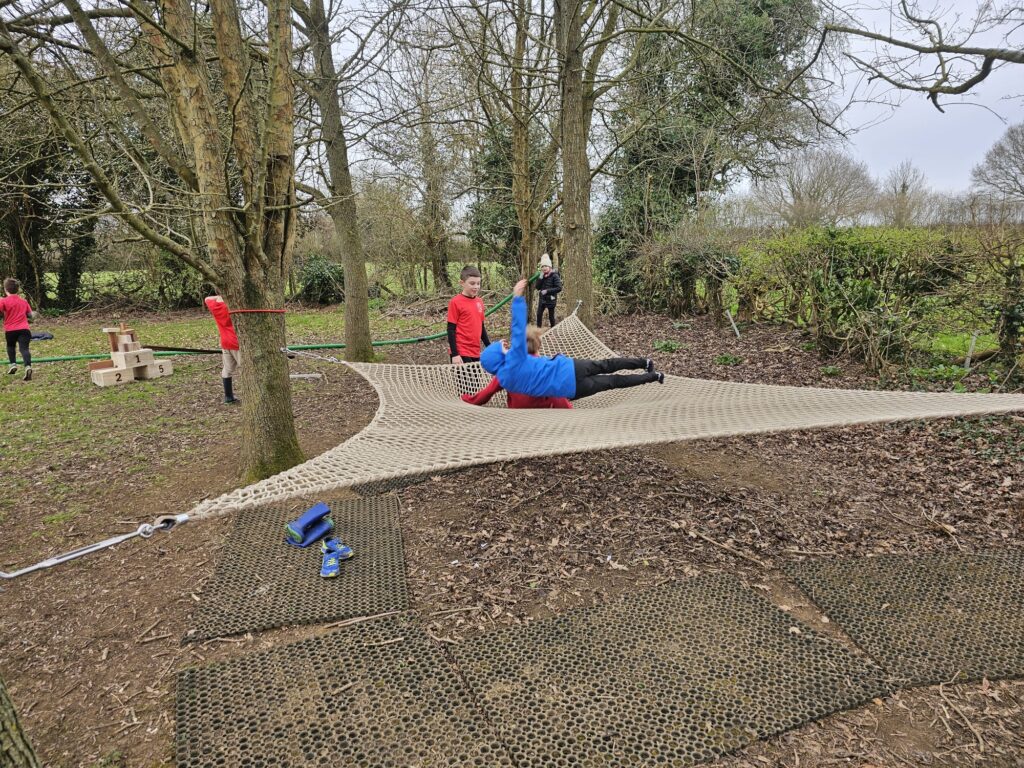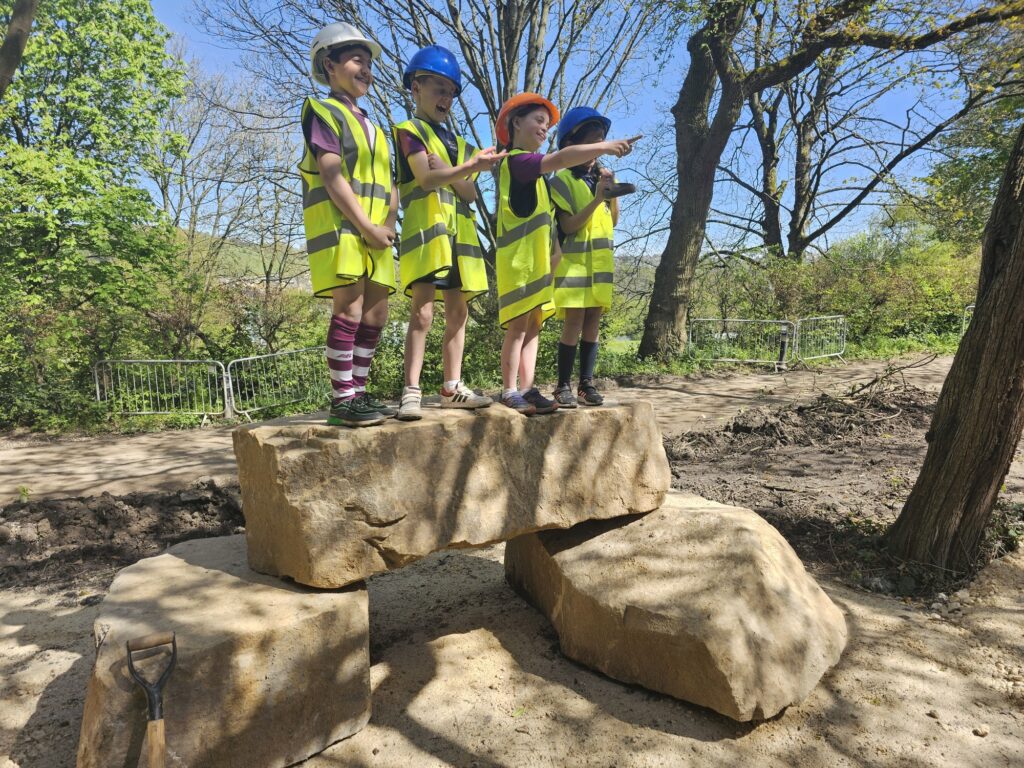How Nature and Outdoor Learning Are Boosting Young People’s Mental Health
.
The Mental Health Crisis Facing Young People
Let’s face it—young people today are under serious pressure. Between school stress, social media, post-pandemic effects, and challenges at home, more and more young people in the UK are struggling with their mental health. Anxiety, low mood, and emotional overwhelm are on the rise.
But what if one of the most powerful tools to help them isn’t found in a classroom, a textbook, or an app—but just outside the door?
.
![]()

.
![]()
Why Outdoor Learning Really Works
More schools, youth programmes, and mental health services are recognising the power of outdoor and nature-connected learning—not just as something “nice to do,” but as a key part of supporting young people’s emotional wellbeing.
.
Nature calms the nervous system
Spending time outdoors reduces stress. There’s strong evidence that natural environments lower cortisol levels (that’s your body’s stress hormone) and help young people regulate their emotions. It gives their minds a break from screens, noise, and academic pressure.
.
Outdoor learning builds confidence
When young people try something new—like building a shelter, climbing a hill, or navigating a trail—they get to see themselves differently. They’re not just students—they’re problem-solvers, leaders, and team players. That kind of growth boosts self-esteem and encourages resilience.
.
It brings people together
Outside, social dynamics shift. Being in a green space or on an outdoor adventure puts everyone on equal footing. Shared experiences, challenges, and victories help young people connect with each other in more authentic ways—away from the usual social hierarchies or digital distractions.
.
Moving the body helps the mind
Let’s not forget the power of physical activity. Walking, exploring, running around—all of it helps release feel-good chemicals, improves sleep, and lowers symptoms of anxiety and depression. And the best part? Most young people don’t even realise they’re “exercising” because they’re too busy having fun.
.
A UK Perspective: What the Research Says
Here in the UK, organisations like the Kew Botanical Gardens Grow Wild Project are doing fantastic work to promote outdoor learning in communities across the nation. They’ve pulled together years of evidence showing that when people head outside regularly, their daily life improves, community engagement goes up, and emotional wellbeing strengthens.
The National Association for Environmental Education has also compiled research from across the UK that highlights how outdoor education supports everything from emotional regulation to attention restoration in children and teens.
So it’s not just feel-good fluff—this is grounded in solid science and lived experience.
.

.
Case Study: MST4Life – Changing Lives Through the Outdoors
One of the most powerful examples of this in action is MST4Life™, a UK-based programme developed by the University of Birmingham and the youth homelessness charity St Basils.
This isn’t just about helping school kids have a nice day out. MST4Life supports young people facing serious challenges—homelessness, trauma, and social exclusion.
The programme starts with mental skills workshops in the community and finishes with a four-day outdoor residential. Imagine young people who’ve never left their city suddenly camping in the Lake District, cooking meals outdoors, and climbing hills with a group they trust.
The result? According to researchers and participants alike, the change is profound. Young people reported feeling more hopeful, more connected, and more in control of their lives. One participant described it as the first time they’d felt “normal” in years.
You can read more about it in this Housing LIN case study.
.

.
Making Outdoor Learning Accessible for All
This kind of transformation shouldn’t be limited to a few. Every young person in the UK deserves access to safe, inclusive, and meaningful outdoor learning experiences. And people of all ages need and deserve access to nature and outdoor experiences no matter where they live in the UK.
That means making sure people who live in urban areas, and in particular, schools have access to green spaces. It means investing in teacher training, removing barriers for marginalised groups, and embedding outdoor learning into the curriculum—not just as an occasional trip, but as part of everyday education.
.

.
Final Thoughts
Nature has always been a source of healing, reflection, and connection. For young people—especially those struggling with mental health—it offers something many of them desperately need: space to breathe, grow, and be themselves.
We don’t need to reinvent the wheel. We just need to open the door.
.
Want to learn more?
Scroll through our website to explore how schools across the UK are using outdoor learning to support mental health and engagement. Add in training sessions for your staff or make changes to your school’s infrastructure to encourage more outdoor learning.
